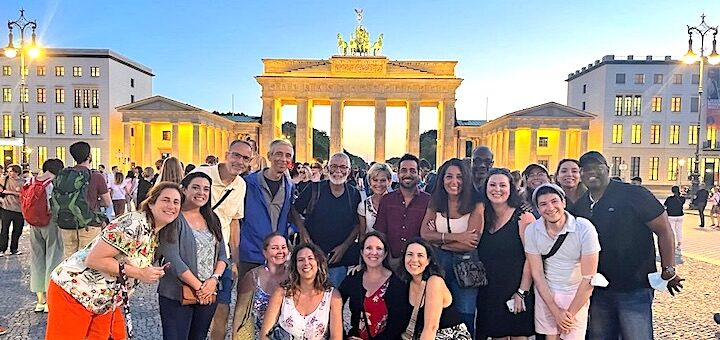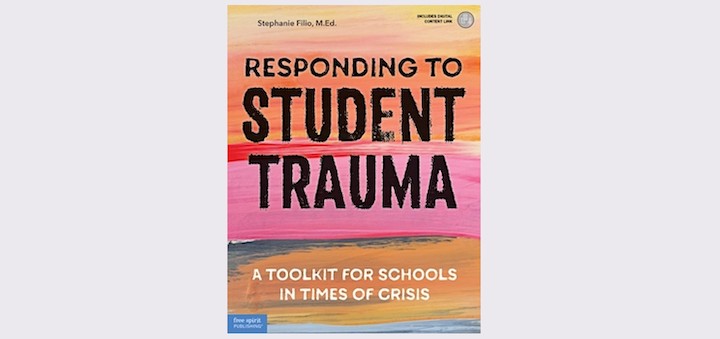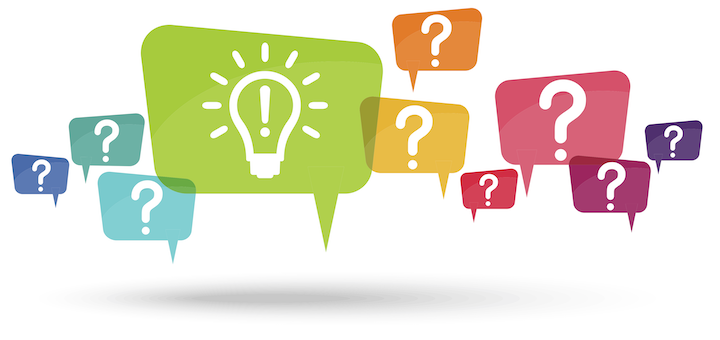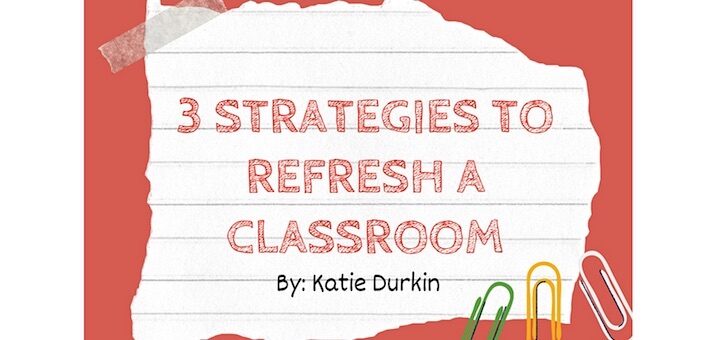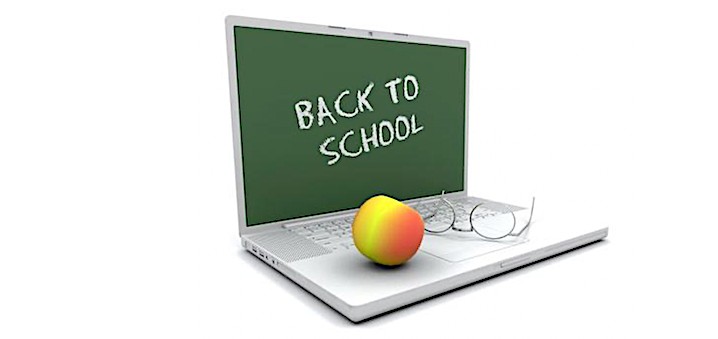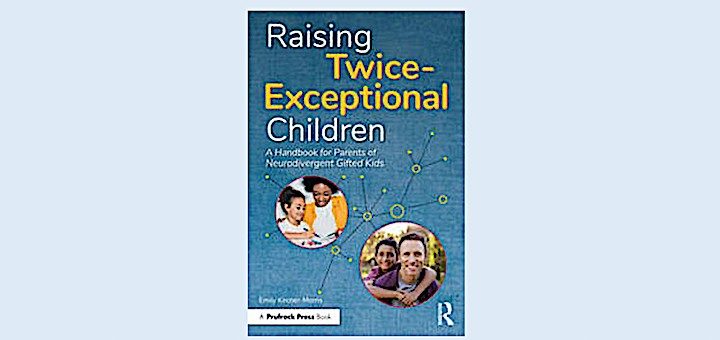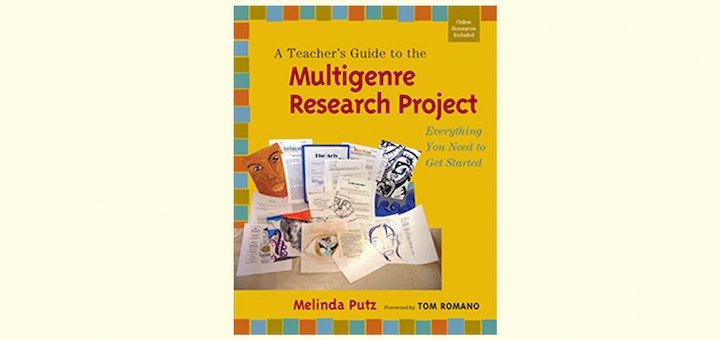Teaching and learning in grades 4-8
Laurie Lichtenstein’s travels to Holocaust sites this summer “had an indescribable emotional impact.” And now, “within this new consciousness resides a deeper understanding of history and an enthusiasm that I hope is infectious as I re-enter my classroom this school year.”
It’s the start of a new school year, and you’re 100% excited about making a difference for kids! But issues in and out of the classroom can dull your enthusiasm in no time. How do you stay sharp? Barbara Blackburn shares insights to sustain your can-do energy all year long.
Education leaders feeling stressed and wondering how to address this autumn’s many challenges can find the help they need in the new edition of Carl Glickman and Rebecca West Burns’ Leadership for Learning. Consultant Cathy Gassenheimer found it full of actionable ideas.
Stephanie Filio’s Responding to Student Trauma: A Toolkit for Schools in Times of Crisis provides a well-developed framework for school personnel to handle four sources of trauma. AP Virginia Hornberger notes it is a good starting point to develop a crisis plan of action.
Here are MiddleWeb’s 12 most popular articles about asking quality questions in class, scaffolding student discussions, and gathering formative feedback from kids through dialogue. Learn from Jackie Walsh, Valentina Gonzalez, Barbara Blackburn, Curtis Chandler and more!
Language specialist Tan Huynh offers a framework called the 3 C’s of Equity – Community, Curriculum and Culture – to guide schools on the journey to provide an equitable learning experience for their multilingual learners. To start, avoid deficit-based models that segregate.
Whether you are a classroom veteran or a new teacher in your first room, Katie Durkin urges you to think about how you can repurpose, redesign, and rejuvenate your learning space so you feel fresh and ready to tackle the many opportunities for growth this coming school year.
Math teacher Michelle Russell is busy implementing her summer plans for the first days of school, matching activities to 5 goals she wants to accomplish – build community, puts kids at ease, introduce procedures, do a little math, and have fun. Discover what’s worked so far!
Mental health counselor Emily Kircher-Morris provides parents of twice-exceptional children with keys to help their neurodivergent gifted kids develop lifelong skills with a focus on affirmation and self-acceptance. Amy Estersohn finds the book clear and easy to browse.
The Multigenre Research Project approach lets students truly show their learning and mastery on any topic they choose to explore. Melinda Putz provides teachers across subject areas everything they need to help students go deeper than PBL, says MGRP user Erin Corrigan-Smith.

